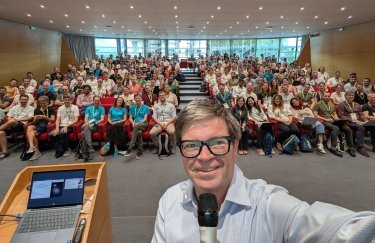
10 science stories in 2018 that made us go, “Whoa, that’s awesome”
Fat bears, a new kilogram, and the stunning power of trees: our favorite science stories from 2018.
By
Brian Resnick, Julia Belluz, Umair Irfan, and Eliza Barclay
Updated
Dec 20, 2018, 7:58am EST
Share
Tweet
Share
Share
10 science stories in 2018 that made us go, “Whoa, that’s awesome”
tweet
share
As science journalists, we cover a huge range of phenomena — from the minute to the outer reaches of the universe. But the best stories of 2018 all had one thing in common: They hit us in the gut with a sense of awe.
These stories taught us about the incredible scale and power of distant objects in the universe, like a special type of galaxy called a blazar. They showed the ingenuity and compassion of fellow humans, like vaccinators trying to stop a deadly Ebola outbreak amid a war in central Africa and divers navigating a flooded Thai cave for a daring rescue.
Here are some of our favorite stories from the past year that, very simply, made us say “whoa.” They fan our excitement of science and the natural world and give us a glimpse into the future. We hope they’ll do the same for you.
The kilogram was redefined in terms of the Planck constant
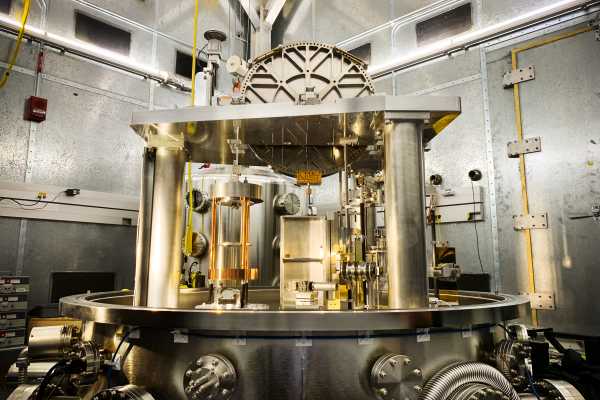
In November, scientists from around the world met at the General Conference on Weights and Measures in Versailles, France, and voted to change the definition of a kilogram, tying it to the Planck constant, a universal, foundational concept in quantum mechanics.
That sounds incredibly nerdy. And it is. But what made us go “whoa” was not exactly the science behind this change (which is enormously impressive) but the philosophical victory it represents.
Until the change goes into effect in May, the kilogram has a very simple definition: It’s the mass of a hunk of platinum-iridium alloy, called “Big K,” that’s been housed at the International Bureau of Weights and Measures in Sèvres, France, since 1889. That artifact is imperfect. It can get lost or stolen. There’s even evidence that it’s lost some mass over the years.
The kilogram is the world’s standard unit of mass, recognized universally, even in the United States. (The US’s pounds are technically defined in terms of kilograms.) By affixing the definition of it to a universal force of nature, we make it permanent — celestial even.
Scientists estimated the weight of all life on Earth
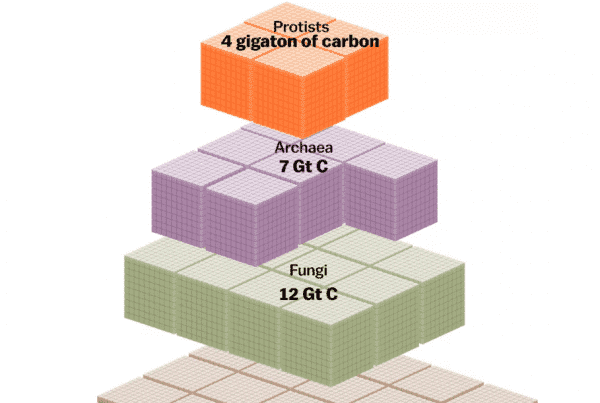
By weight, human beings are insignificant.
There are an estimated 550 gigatons of carbon of life in the world, according to a study published in May in PNAS. We humans make up less than 1 percent of that. (A gigaton is equal to 1 billion metric tons. A metric ton is 1,000 kilograms, or about 2,200 pounds.)
The “whoa” factor really kicks in when you see this data visualized. The graphic, by Vox’s Javier Zarracina, is a bit too large to post here, but you should check it out.
When you do, you’ll see that plants dominate our world. If the tower of life were an office building, plants would be the main tenants, taking up dozens of floors. Comparatively, all the animals in the world — seen in gray in the tower — are like a single retail shop (a trendy one, to be sure) on the ground floor. And then among all the animals, humans are like one aisle in that store.
But while we represent such a small slice of all life on Earth, we have an outsize negative impact on all the other forms of life. And that’s a terribly awesome thing worth dwelling on.
The Ebola vaccine is tested in a war zone
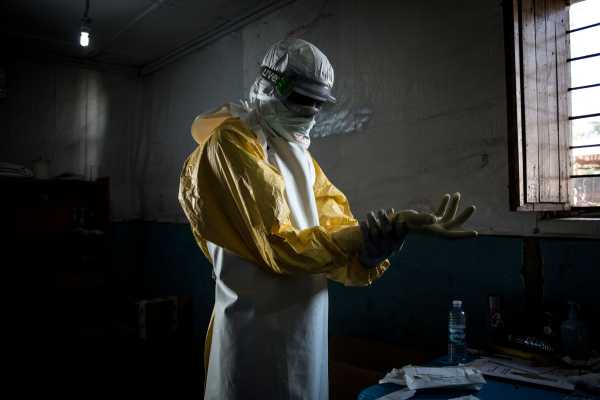
An ongoing Ebola outbreak in a war-torn region of the Democratic Republic of Congo is already the second-largest Ebola outbreak in history, with more than 500 cases. But amid the tragedy and chaos, public health officials have accomplished a remarkable feat: For the first time in history, an experimental Ebola vaccine is being rolled out at a large scale, potentially preventing infections and saving lives.
Merck’s rVSV-ZEBOV is the first highly effective Ebola vaccine. But because of a lack of pharmaceutical company interest, it literally sat on a shelf until it was licensed to Merck in 2014.
It wasn’t until this year that the vaccine was used in an ongoing outbreak. Public health officials have managed to get more than 45,000 people vaccinated as of this writing. And as Peter Salama, the head of the new Health Emergencies Program at the World Health Organization, told Vox, health officials are achieving between 95 and 100 percent of coverage. Those are the levels we see for vaccination coverage of well-tested shots in stable and wealthy countries. So this Ebola vaccine rollout in a war zone is something to celebrate.
A uterus from a deceased woman was transplanted to another woman, resulting in a healthy birth

Uterine transplants from living donors are old news. Well, 2013 old. But this year, doctors in Brazil reported the first uterus transplant from a deceased donor, with an incredible result: The recipient was able to give birth to a healthy baby girl.
In a case report published in the Lancet in December, researchers at the University of São Paulo described how they removed a uterus from a 45-year-old woman who had died from a stroke and transplanted it into a 32-year-old with a rare congenital disorder that left her without a uterus. After the transplant, doctors used in vitro fertilization — with the recipient’s eggs and her husband’s sperm — to start a pregnancy, which was successful. At the time of the report, both mother and baby were healthy.
This is great news for transplant science and women who are struggling with infertility. “Biologically, organs of the living and the dead aren’t all that different,” Allan D. Kirk, the chief surgeon at Duke University Health System, who was not involved in the research, told the New York Times. “But the availability of deceased donors certainly could open this up to a much broader number of patients.”
NASA launched the Parker Solar Probe to touch the sun

There’s a question that’s been baffling solar physicists for decades: Why is the sun’s atmosphere so much hotter than its surface? To answer these questions, and to better prepare for solar storms, NASA launched a mission in August to touch the sun.
It’s called the Parker Solar Probe, and it’s awesome. By 2025, the probe will come within 4 million miles of the solar surface, traveling at a mind-warping 430,000 mph.
That will be the closest any man-made object has been to our sun, or to any star, for that matter. As of late October, the spacecraft had already come within 26.55 million miles of the sun, a new record. Over the next several years, the probe will make use of the gravity of Venus and dip closer and closer to the sun’s surface.
When it gets closer to the sun, the Parker probe will have to deal with 2,500°F heat, which is about the temperature of magma. But due to some engineering gee-wizardry, the spacecraft will operate comfortably at around room temperature. Godspeed.
There’s an enormous ice cube at the South Pole working on one of the most perplexing questions in physics
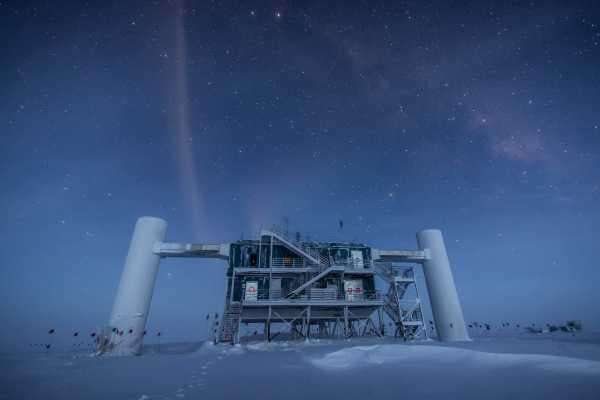
Directly underneath the South Pole, physicists have built an amazing tool that’s giving us a clue to solve one of the most perplexing mysteries in physics.
Scientists discovered in 1912 that subatomic particles — the building blocks of matter, such as protons, electrons, muons, neutrinos, and quarks — hit the Earth every day. They later learned that some of these particles carry so much energy that scientists have been puzzled as to which objects in space are powerful enough to create them.
The problem with looking for the sources of these high-energy cosmic rays is that they don’t always travel in a straight line. And that means scientists can’t trace them back to their sources.
This is where the South Pole observatory comes in. The IceCube Neutrino Observatory, built directly into the ice beneath the surface of the South Pole, is a 1 cubic kilometer (about 1.3 billion cubic yards) block of crystal-clear ice surrounded by sensors. These sensors are set up to detect ghostly subatomic particles called neutrinos — which do travel in a straight line but barely interact with other matter — as they crash into the Earth.
Scientists caught one of those neutrinos in the ice cube and were able to trace it back to a special type of galaxy called a blazar. And no, we did not just make up that word. Read more about it here.
Beadnose wins “fattest bear” in Katmai National Park’s “fat bear week”
Try to look at this summertime transformation of Beadnose, a female brown bear in Alaska’s Katmai National Park, and not say “whoa.”
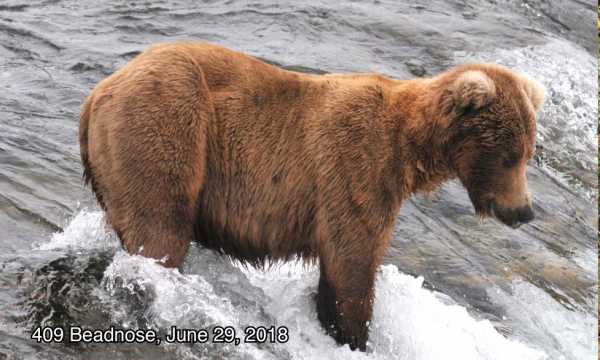
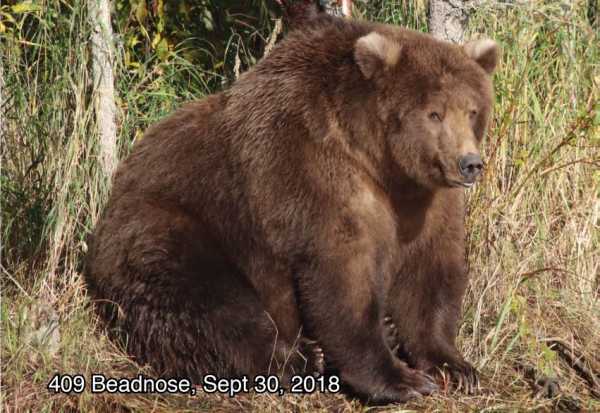
Beadnose spent this summer, like the rest of the brown bears in the park, gorging on salmon to fatten up for the winter hibernation. And fatten up she did!
And for her efforts, Beadnose was voted “fattest bear” in Katmai’s annual “fat bear week.” That’s when the park asks the public to vote, March Madness-style, on pairs of bears that have gone girthy.
The contest was more than a joke; it drew attention to the beautiful changes that happen each year in the Alaska Peninsula. Every summer, hundreds of thousands of delicious, calorie-dense salmon swim up the Brooks River inside Katmai — a sparsely visited preserve where a stark volcanic landscape meets the sea on the Alaskan Peninsula — to spawn. But they also inevitably encounter some of the park’s 2,200 brown bears, who, around July, enter into a state of hyperphagia — a.k.a. nonstop eating.
As Outside magazine explains, there’s a lot we don’t understand about the science of bear hibernation. But we do know that “bears are so good at packing on fat (while remaining strangely resistant to plaque buildup in the arteries) and barely moving for months (without much muscle or bone deterioration),” Outside’s Erin Berger writes. This is why “many researchers are interested in our ursine friends for applications in long-term space flight or medical issues like the atrophying effects of long hospital stays.”
Abortions by mail are now possible in the US
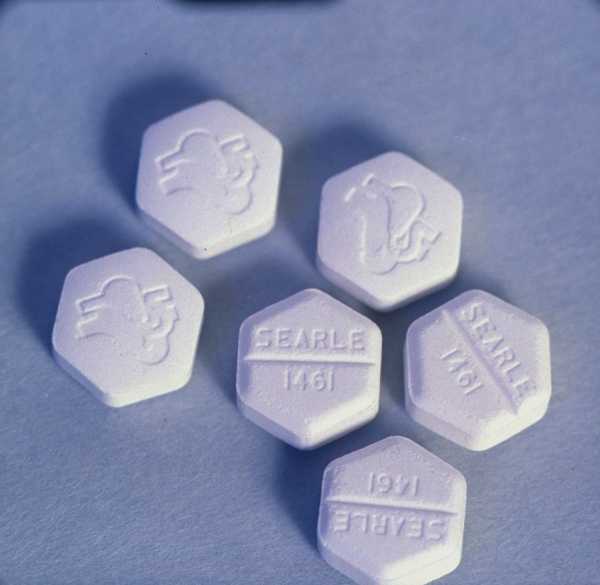
With the confirmation of Brett Kavanaugh to the Supreme Court this year, the future of Roe v. Wade has been looking increasingly grim. While the landmark abortion law remains in place, women who want to safely terminate their pregnancies face an increasing number of roadblocks.
Enter Aid Access, a new online service through which women can obtain the medical abortion pills mifepristone and misoprostol to take at home. The service was launched this year by Rebecca Gomperts, a Dutch physician and activist, in response to overwhelming US demand.
Aid Access offers what Gomperts’s other service, Women on Web, has been doing for years for women in other countries with restricted health care systems: a way to get a safe abortion.
Getting an abortion by mail from Aid Access works like this: Women are screened through an online consultation about their pregnancy and health history. If they meet specific criteria — healthy, less than 10 weeks pregnant, live within one hour of a hospital — Gomperts fills a prescription and sends it to a pharmacy in India she knows and trusts.
The pills are then mailed from India to the woman’s home for a fee of $95 (though Aid Access says it will find ways to help women who can’t pay). And women can access real-time instructions and support if necessary.
“Many think it’s easy to get an abortion in the US, but it is not,” said Jill Adams, the strategy director for SIA Legal Team, a group of lawyers focused on self-managed abortions. “Resourceful people are looking for options to end a pregnancy that are safe, affordable, and fit their circumstances.” As of October, Gomperts had filled 600 US prescriptions in just six months.
Trees soak up an enormous amount of carbon dioxide
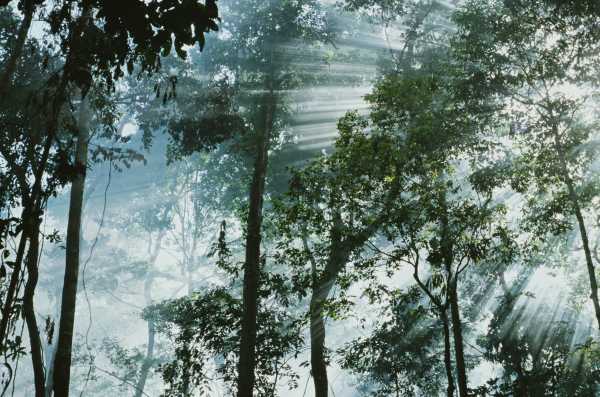
There were many glaring signs this year of how serious the climate crisis has become. As heat waves crested around the world, we saw temperature records smashed. In the wake of two major climate reports, we learned that global carbon emissions reached a record high.
Yet we also got a much better idea of just how much heavy lifting the natural world is doing to offset our greenhouse gas emissions. It turns out only about half of human carbon dioxide emissions reach the atmosphere; the rest is soaked up by forests, grasslands, and mangroves.
In particular, there was new research on how trees serve as extremely efficient carbon dioxide absorbers, with a single tree in the Amazon rainforest taking in 48 pounds of carbon dioxide a year. That means a forest can take in as much carbon dioxide as some entire countries emit. Researchers reported this year that the Amazon rainforest over the past 30 years has more than offset the emissions of every country in South America it runs through, with the exception of Venezuela.
It’s a powerful argument for preserving natural ecosystems, restoring those that have been degraded, and even planting new forests. It means the way we manage land and natural resources is just as vital to the climate as closing coal-fired power plants or switching to electric vehicles. But it also shows how important it is to come up with a way to value these functions that benefit the whole world.
The Thai cave rescue was a daring feat of bravery and ingenuity that inspired the world
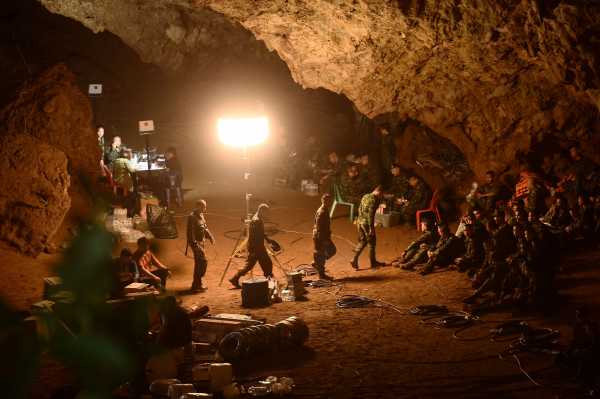
In late June, heavy monsoon rains flooded a remote cave in northern Thailand, trapping 12 young soccer players and their coach deep inside with no way out. Their eventual rescue, which unfolded over two weeks, was one of the most astonishing stories of the year. It was a riveting international drama with twists and turns that ended happily with the return of all 12 boys and the coach to their loved ones, completely healthy.
The mission was almost abandoned at the outset because the cave was so full of water it was almost too dangerous even for the best cave divers in the world to navigate. Nothing like it had ever been attempted before. But a brilliant plan came together, drawing on the scientific expertise of the Thai Navy SEALs, the international divers who assisted them, and two doctors assigned to the case.
Following the rescue meant coming to appreciate cave geology, the dangers of cave diving, the risks of running out of oxygen in a cave, and the utility of sedatives in an emergency. The boys had never scuba-dived before, and to keep them from panicking in the dark, murky water, an anesthesiologist gave them ketamine and valium. Incredibly, it worked. And they all got out alive.
To get the full story of the ordeal and the scientific ingenuity it inspired, we highly recommend this NOVA documentary from PBS (membership required) released in November. It’s sure to make you go “whoa” (and tear up a bit).
Sourse: vox.com
